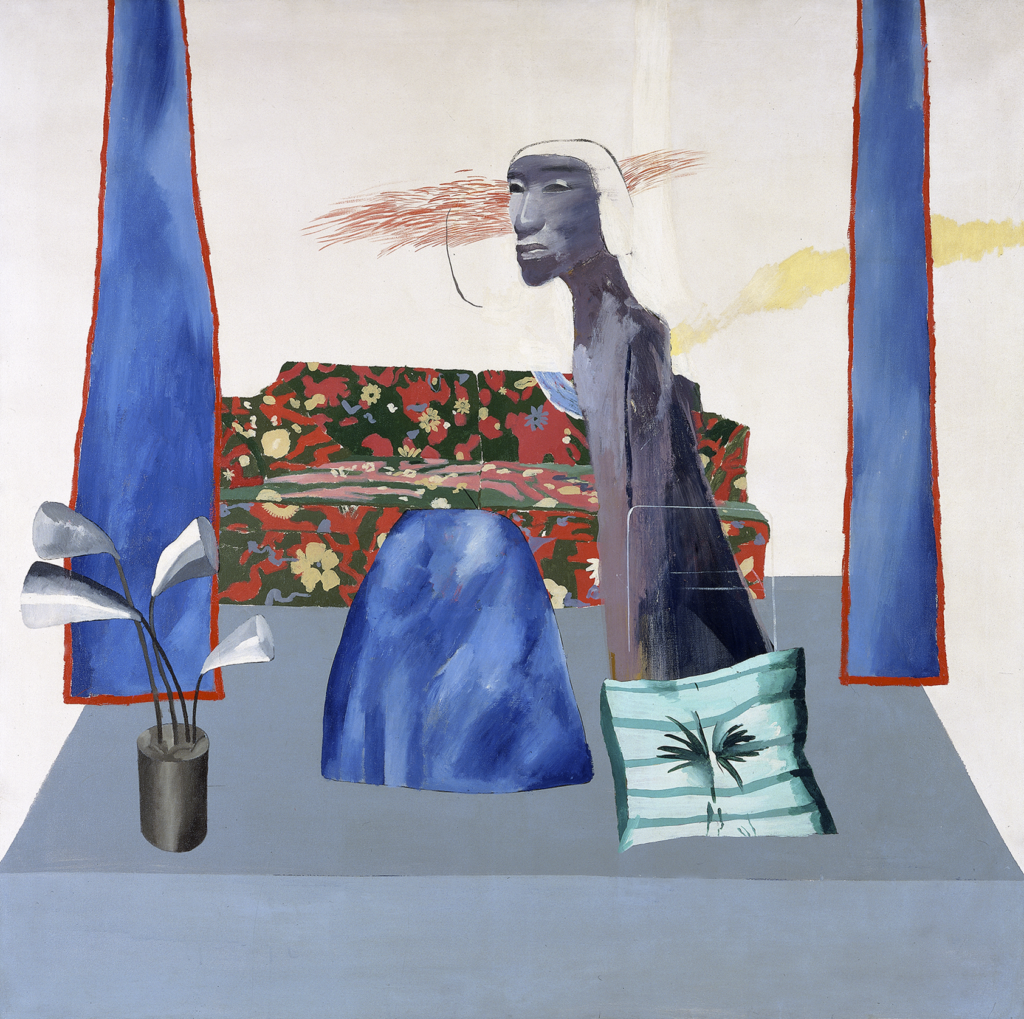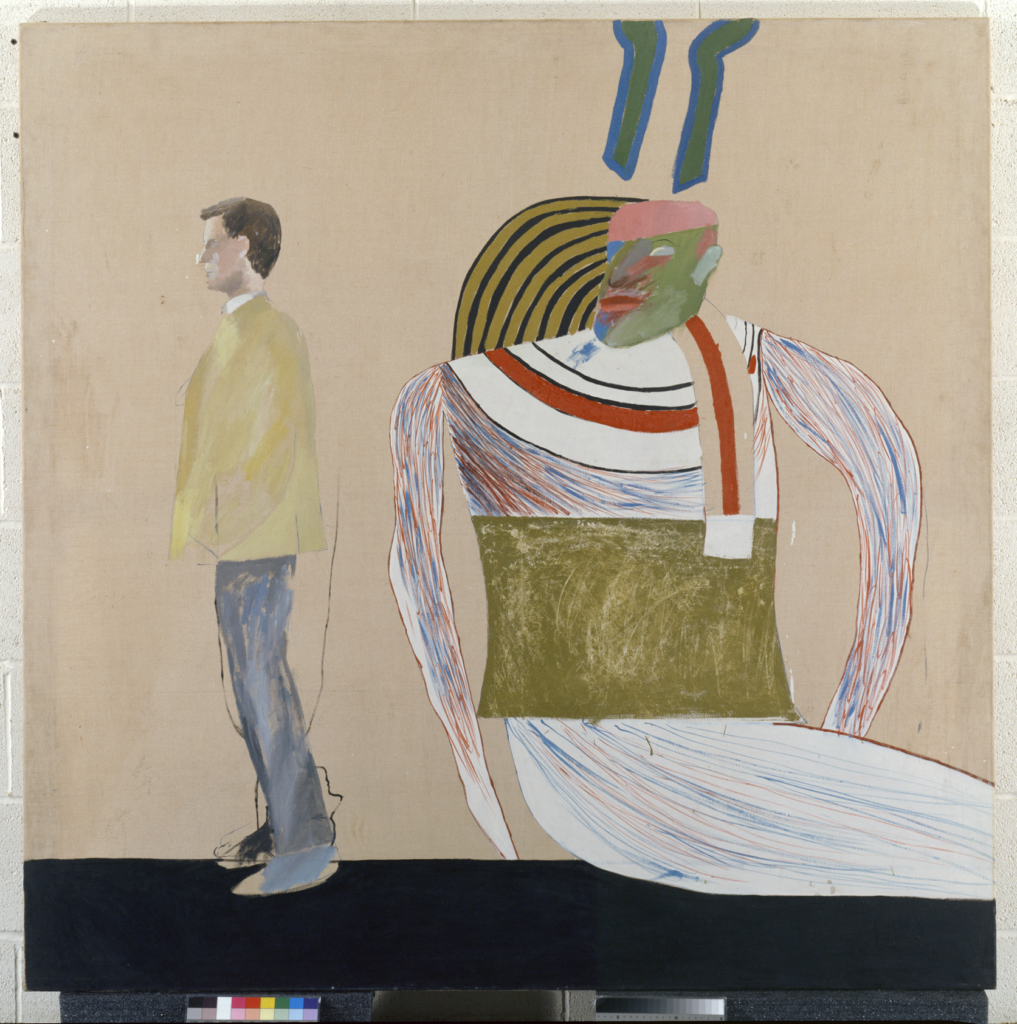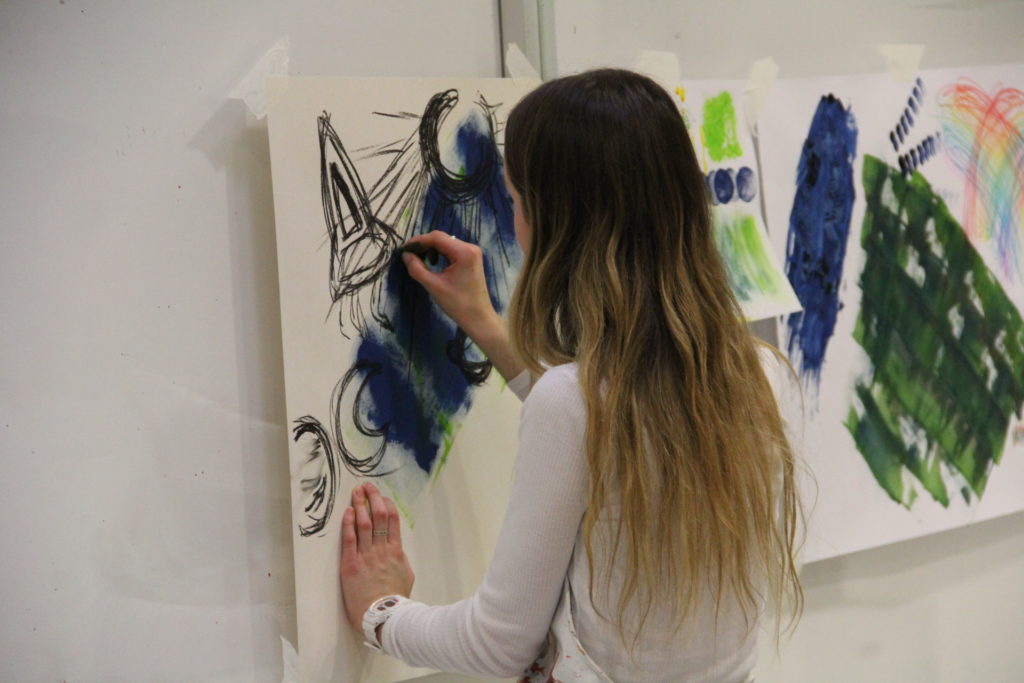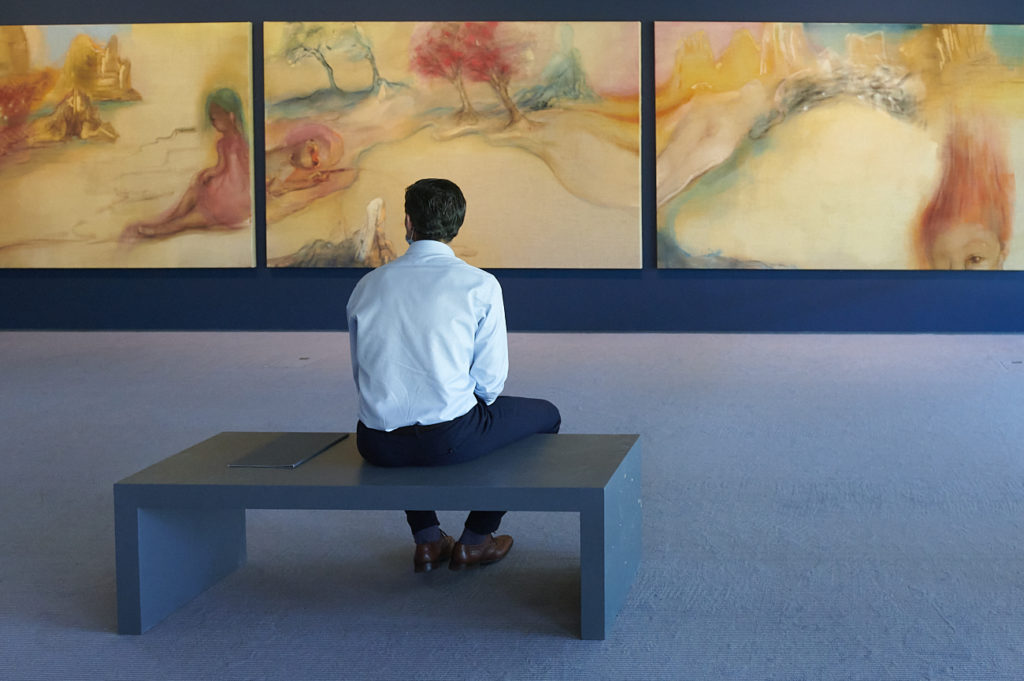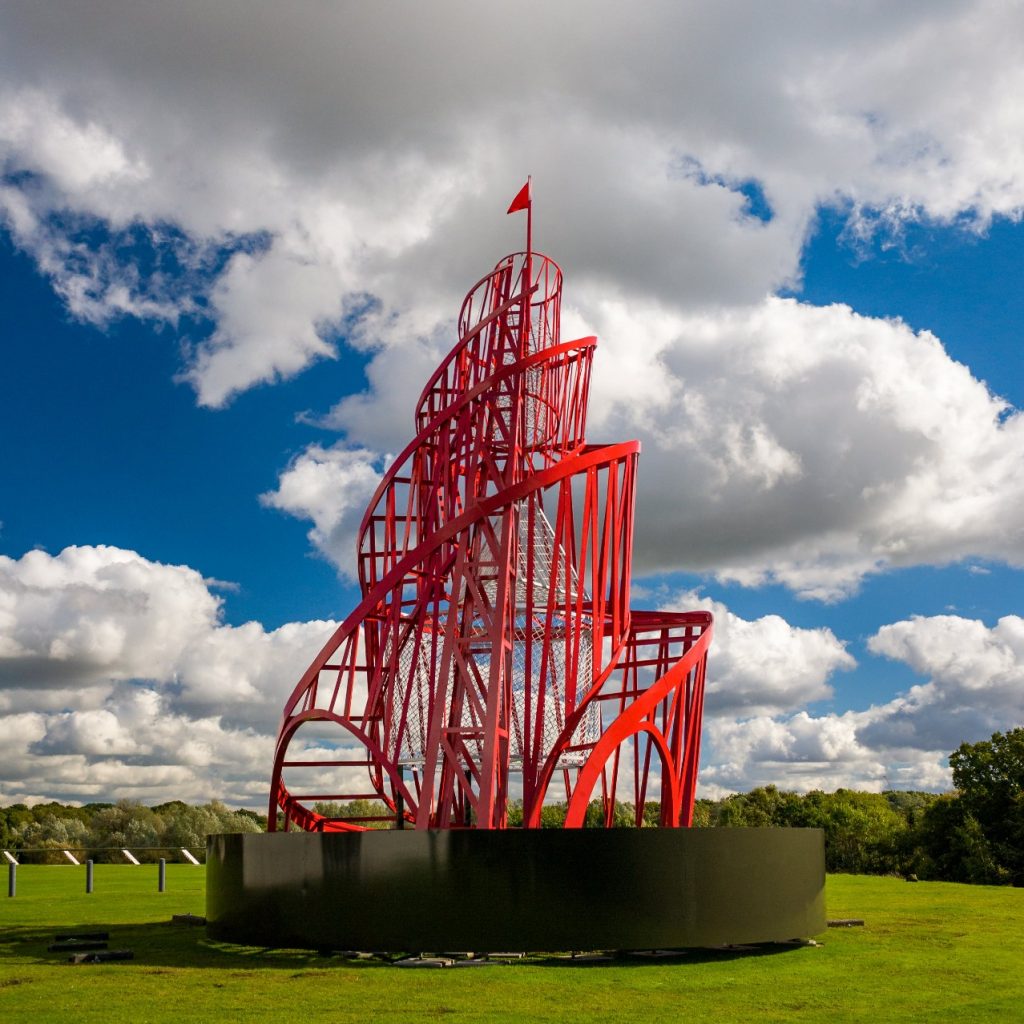In the centuries since the end of the Pharaonic Egyptian era, an ever-widening array of international artists have responded to its distinctive visual culture. Within this broad global reaction, British artists have been particularly prominent – using a range of media to explore the ancient civilisation’s continued presence within modern life.
Bradford-born painter, printmaker, and photographer David Hockney (1937 -) has played an especially energetic role in nourishing this present-day interest in ancient Egypt within Britain. As a young man, Hockney witnessed first-hand the heaped shelves of Egyptian artifacts displayed in city museums and, like others coming of age in the post-war period, would frequently have encountered Hollywood visions of resurrected ‘mummies’ and highly dramatic, eroticising portrayals of Egyptian rulers on television and in magazines. But it was during his years as a Royal College of Art student in the early 1960s that Hockney first engaged with Pharaonic Egypt within his own art, in two paintings from 1961 both drawing on the highly visual poetry of Greek-Egyptian writer Constantine Cavafy: the first, A Grand Procession of Dignitaries in Semi-Egyptian Style, depicting three elusive figures (one wearing a classic Pharaonic ‘nemes’ headdress) walking in a mysterious pageant and the other, Egyptian Head Disappearing into Descending Clouds, portraying a sphinx-like form shrouded in a thick, luminous fog.
In the years afterward, Hockney’s engagement with Ancient Egypt remained mediated through film and museums; a situation he drew direct attention to in his largescale 1962 painting Man in a Museum (or You’re in the Wrong Movie). In this painting, Hockney captured a fleeting moment in Berlin’s Pergamon Museum when a large, colourful Pharaonic statue appeared to suddenly come to life behind his unsuspecting friend, producing a humorous juxtaposition between static figure and living monument through which Hockney could toy with ideas of past and present while gesturing to Hollywood’s enduring obsession with Egypt.
